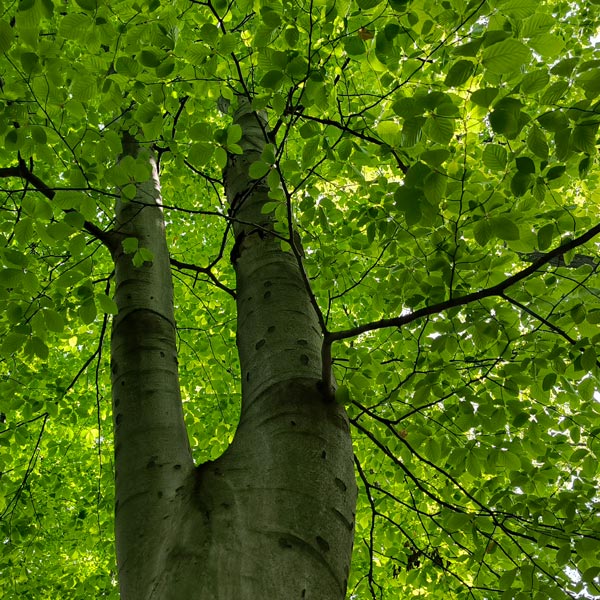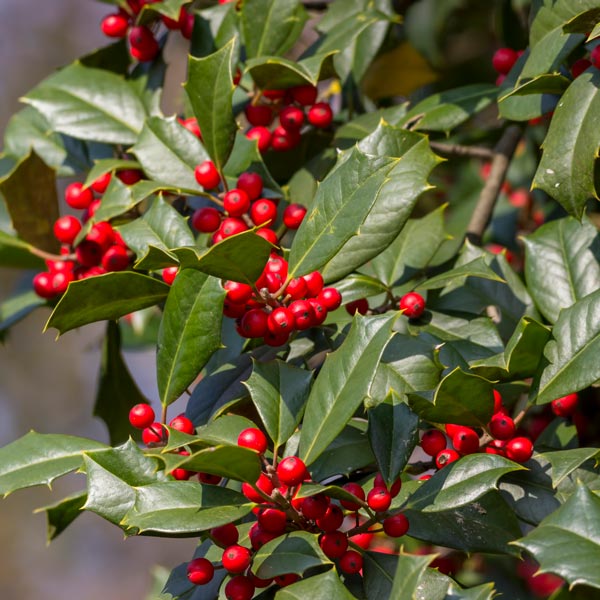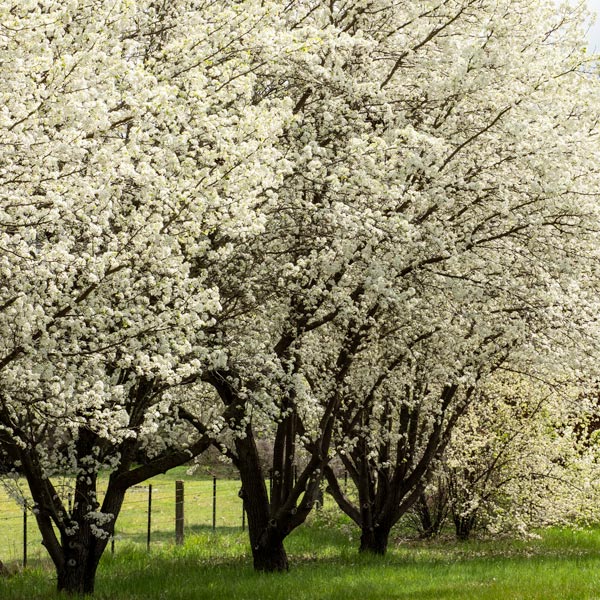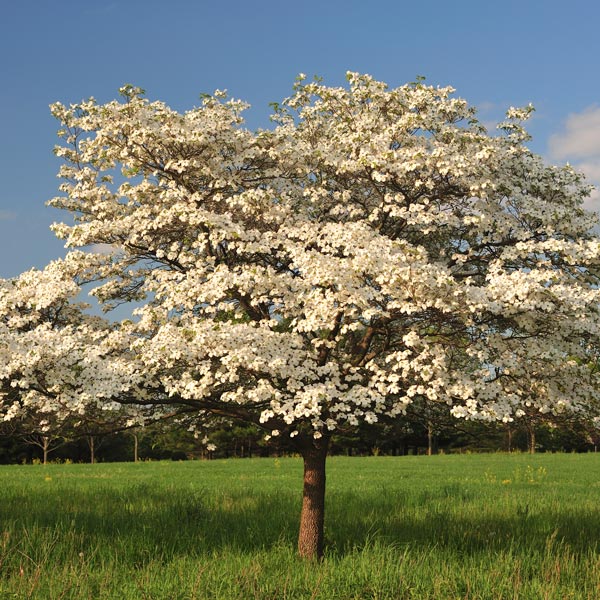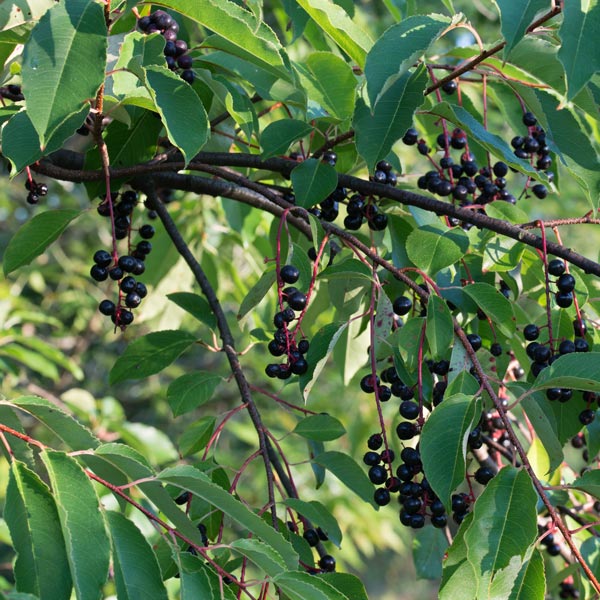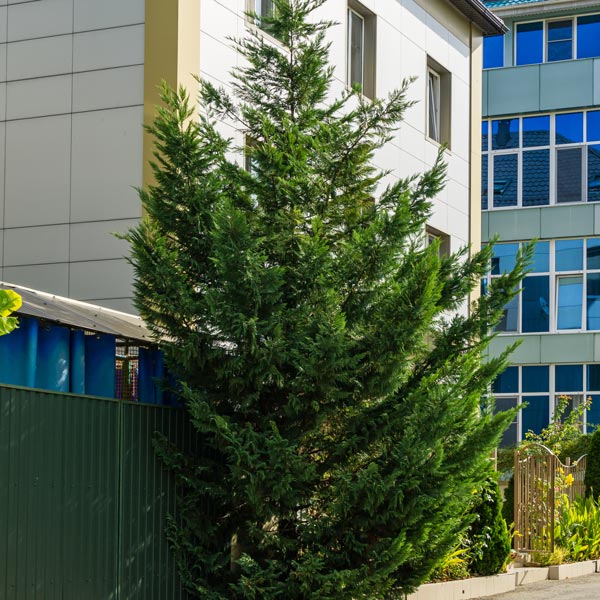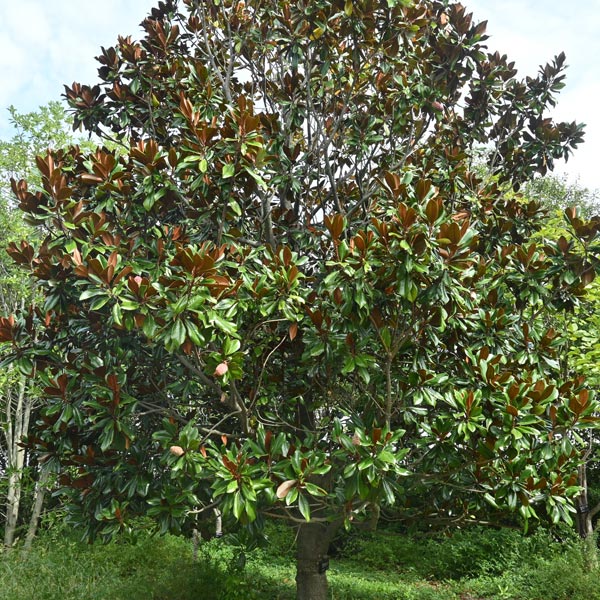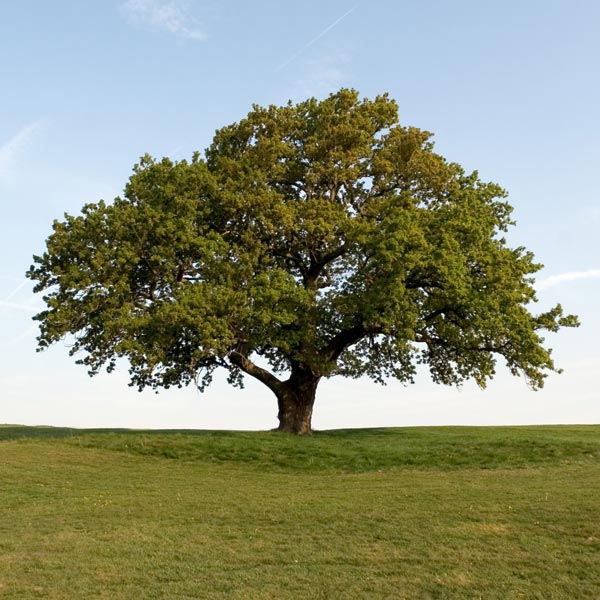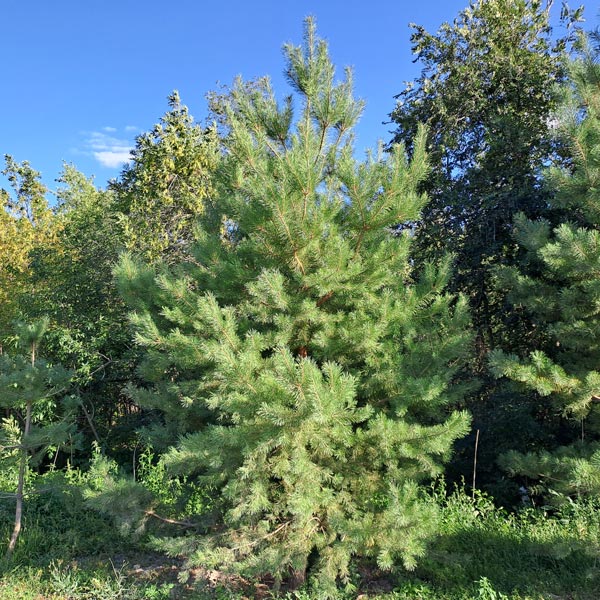Tree Basics in Locust Grove, GA; Evergreen & Deciduous Types, Trunk, Roots & Other Parts Etc
Trees are an important asset to any landscaping. However, trees are important to maintain in order to keep them healthy and prevent overgrowth that can lead to a number of issues. Understanding the basics of trees can help you better understand the maintenance involved, tree trimming being a major maintenance need. With this in mind, we at Milam’s Tree Service would like to elaborate on the basics of trees.
Types of Trees; Evergreen & Deciduous
The two primary types of trees are evergreens and deciduous. Evergreens do not lose their foliage all at once, and though their leaves shed, it is a gradual cycle as the leaves that fall are replaced with healthier leaves throughout the year. Deciduous trees shed their leaves for parts of the year. Generally, in cold climates, these trees lose their leaves in the fall and are bare throughout the winter. During the dry seasons is when the leaves are lost in warm and dry climates.
Tree Anatomy
Tree Roots: Roots grow deep into the ground and are the foundation of a tree’s growth. Typically, the roots offer the support for the tree and often match the branch system. In the event such sources become unavailable, the stored water and nutrients from the soil that the roots collected will be able to provide the tree with nourishment.
Crown of a Tree: At the upmost top of tree is the crown, which comprised of branches and leaves. The process known as photosynthesis occurs as the crown offers the roots shade as it collects energy from the sun.
Tree Leaves: As a part of the crown, the leaves convert the energy into food. Responsible for giving the leaves a green color, leaves contain chlorophyll that is an extremely crucial biomolecule used in photosynthesis. When the water from the soils is converted into sugar and oxygen and the sun’s energy converts to carbon dioxide from the atmosphere is the process known as photosynthesis. The sugar is stored within the branches, trunk, and root system and the oxygen is released back into the atmosphere
Tree Branches: The branches provide support distribution to the leaves for the required type of tree in its environment in addition to it cycling the water and nutrients and provide extra storage for sugar.
Tree Trunk: Providing the basic shape, the trunk sustains the crown and pushes the water and nutrients from the soil to the leaves. After each passing year, the trunk will earn another ring. The bark has the following selected parts:
– Tree Bark: The outermost layer of the tree, is the bark and its primary purpose is to protects the delicate nature of the interior wood. The inner bark is the Phloem, which is made of living cells and the outside bark that is comprised of dead cells, similar to that of fingernails. The inner bark supplies the sap containing the sugar to the leaves to the rest of the tree.
– Tree Cambium: Found inside the bark, cambium is the thin layer of the living cells. This helps make new cells that will grow larger each year.
– Tree Sapwood or Xylem: Sapwood is made up living cells that from the roots, to the branches, twigs, and leaves, distributes water and nutrients.
– Tree Heartwood: Heartwood is dead sapwood found in the trunk. It is hardiest part of the tree that provides strength and support; it is darker in color to the sapwood.
– Tree Pith: The small spongy living cells found in the center is the pith that the vital nutrients travel. It is well protected from animals and other dangers to protect the tree.
Tree Trimming, Pruning, Removal & More in McDonough, Jackson, Jonesboro, Fayetteville, Hampton, Sunny Side GA | Fayette, Clayton & Henry Counties, Georgia
Knowing the trees anatomy basics can help you better determine the best maintenance services available. At Milam’s Tree Service, we provide, a number of tree trimming and pruning options as well as removing stumps or dead trees if needed.

